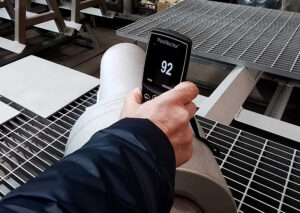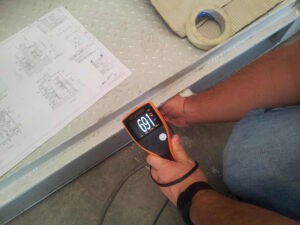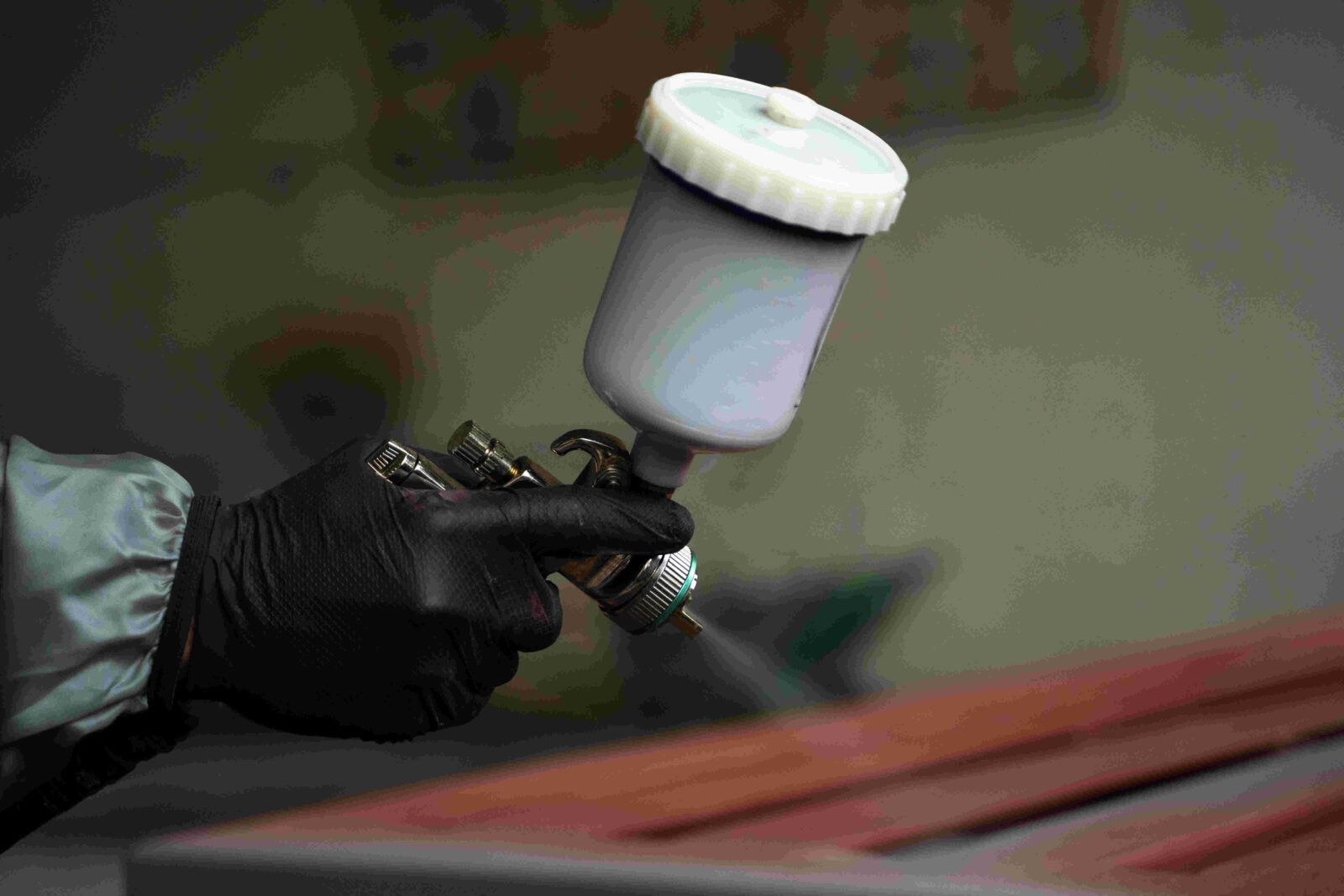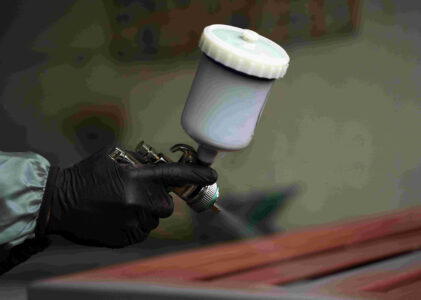Introduction
Ensuring the quality of industrial coatings is crucial for the longevity and protection of equipment and structures. This guide delves into the critical aspects of industrial paint inspections, covering both wet and dry methods, and including essential processes like sandblasting, to help you maintain impeccable quality standards.
The Importance of Paint Inspections in Industry
Paint inspections are vital for preventing corrosion and ensuring the durability of the coating systems used in industries such as manufacturing, construction, and oil and gas. Regular inspections help in identifying potential failures early, thus saving costs and enhancing safety by adhering to industry standards.
Wet Paint Inspection Process
Preparation and Initial Checks:
- Surface Preparation – Sandblasting:
 Before applying wet paint, the surface must be properly prepared. Sandblasting is often employed to clean and texture the surface, enhancing the adhesion of the coating.
Before applying wet paint, the surface must be properly prepared. Sandblasting is often employed to clean and texture the surface, enhancing the adhesion of the coating.
- Environmental Conditions: Check temperature, humidity, and dew point to ensure they are within the specified limits for paint application. Adverse conditions can affect paint adhesion and curing.
Application Monitoring:
- Rugosity Check: After sandblasting and before applying the paint, check the surface rugosity to ensure it matches the specifications for optimal paint adherence.
- Contamination Checks: Conduct tests for sulphates and chlorides on the surface to ensure there are no contaminants that could impair the quality of the coating.
- Thickness Measurement: Use a wet film thickness (WFT) gauge immediately after application to measure the thickness. This ensures the paint is applied as per specifications.
- Coverage and Consistency: Observe the application for proper coverage and consistency. Look for signs of runs, sags, or incomplete coverage.
Dry Paint Inspection Process
Post-Curing Inspection:
- Dry Film Thickness (DFT): After the paint has cured, use a DFT gauge to measure the thickness of the dry paint. This measurement is critical for compliance with the paint manufacturer’s specifications.
- Adhesion Testing: Perform adhesion tests such as pull-off or cross-hatch tests to assess the adherence of the paint to the substrate.
- Visual Inspection: Check for defects such as cracking, blistering, and flaking. Also, inspect for uniformity in color and finish.
Advanced Inspection Techniques:

- Holiday Testing: For coatings meant to provide corrosion protection, conduct holiday tests to identify pinholes or voids in the paint film.
- Ultrasonic Testing: Use ultrasonic methods to measure coating thickness over non-metallic substrates.
Ensuring Compliance with Standards
Familiarize yourself with relevant industry standards such as NACE, ASTM, or ISO to ensure your paint inspection processes meet all regulatory requirements. Compliance not only helps in maintaining the quality but also in fulfilling safety and environmental guidelines.
Conclusion
Effective paint inspection, both wet and dry, is fundamental in managing the integrity and functionality of industrial coatings. By understanding and implementing these processes, including preparatory sandblasting and thorough contaminant checks, industries can significantly reduce the risk of coating failures, ensuring the longevity and reliability of their assets.
Contact Us
For more information on conducting detailed paint inspections or to consult with a coatings expert, contact SMART Consulting and Inspection. Ensure your projects meet all quality and safety standards with our comprehensive inspection services.


